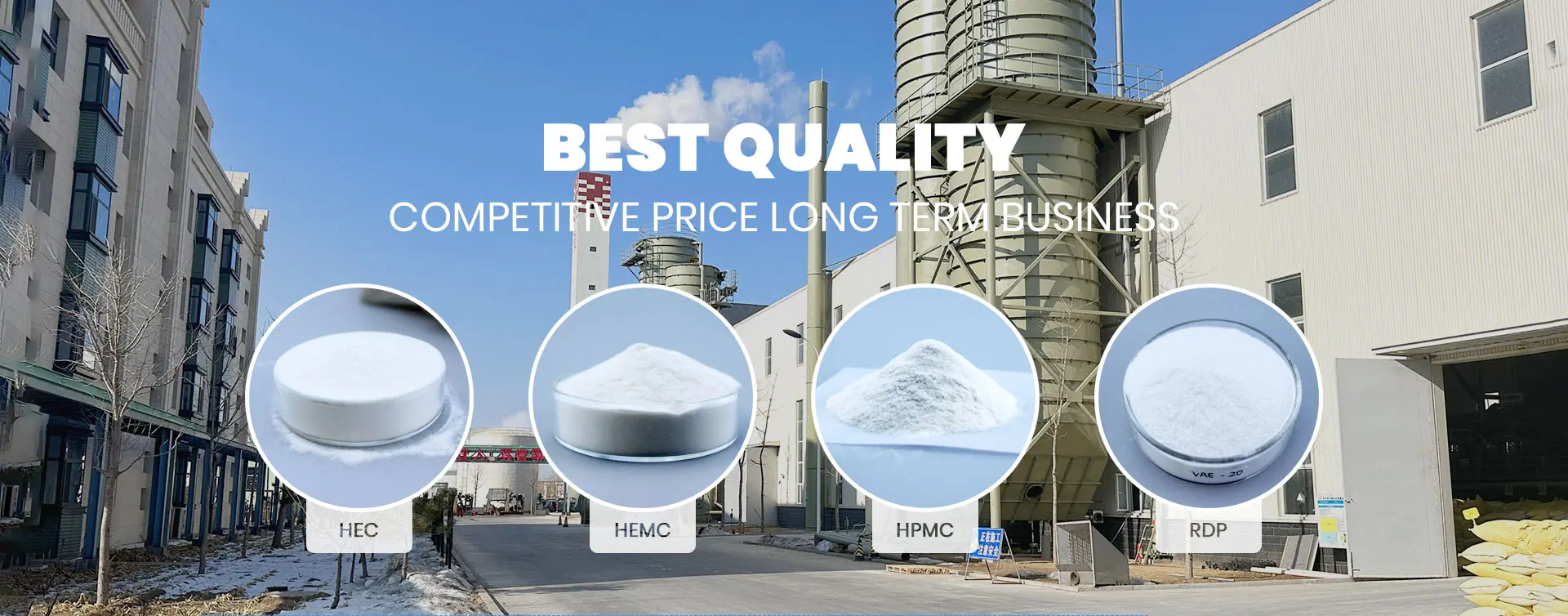
Oct . 07, 2024 08:18 Back to list
hpmc
The Significance and Impact of HPMC in Modern Industry
Hydroxypropyl methylcellulose (HPMC) is a versatile cellulose ether that has gained significant attention in various industries due to its unique properties and functionalities. As a non-ionic polymer derived from natural cellulose, HPMC has proven to be an ideal additive in food, pharmaceuticals, cosmetics, and construction materials, highlighting its essential role in modern manufacturing processes.
One of the primary characteristics of HPMC that sets it apart is its ability to form a gel-like consistency when mixed with water. This property is particularly important in the food industry, where HPMC is utilized as a thickening agent, emulsifier, and stabilizer. It helps to improve the texture and viscosity of various food products, including sauces, ice creams, and bakery items. Additionally, HPMC acts as a fat replacer, enabling the development of healthier, low-fat food options without compromising taste or mouthfeel.
.
The cosmetic industry also benefits from the unique attributes of HPMC. As a thickener and film-forming agent, it is commonly incorporated into skincare and cosmetic formulations. HPMC enhances the texture and spreadability of creams, lotions, and gels, offering a luxurious feel to products. Its ability to retain moisture makes it an effective ingredient in hydrating products, providing skin with a soft and supple appearance.
hpmc

In the construction field, HPMC serves as a crucial additive in cement-based materials. Its water retention properties improve the workability of mortars, plasters, and tile adhesives. By enhancing the bonding strength and flexibility of these materials, HPMC contributes to improved durability and performance, making it a sought-after component in modern construction practices. Additionally, its ability to control the setting time of these mixtures aids in achieving optimal results during application.
Sustainability is another essential aspect of HPMC's significance. As the global focus shifts towards eco-friendly solutions, the demand for natural and biodegradable additives is on the rise. HPMC, being derived from renewable cellulose sources, aligns well with this trend. Its use not only enhances product performance but also minimizes environmental impact, making it an attractive option for manufacturers aiming for sustainability.
Furthermore, ongoing research and development efforts continue to expand the applications of HPMC in innovative ways. Researchers are exploring its potential in drug delivery systems, biodegradable films, and even 3D printing technologies. The adaptability of HPMC makes it a promising substance for future industrial applications, securing its relevance in a rapidly evolving market.
In conclusion, Hydroxypropyl methylcellulose is more than just a cellulose ether; it is a multifaceted ingredient that plays a critical role across various industries. Its unique properties, combined with its sustainable nature, make it an essential component for modern manufacturing. As industries continue to seek innovative solutions, HPMC stands out as a reliable and effective additive, promising to meet the challenges of today and the demands of tomorrow.
-
Versatile Hpmc Uses in Different Industries
NewsJun.19,2025
-
Redispersible Powder's Role in Enhancing Durability of Construction Products
NewsJun.19,2025
-
Hydroxyethyl Cellulose Applications Driving Green Industrial Processes
NewsJun.19,2025
-
Exploring Different Redispersible Polymer Powder
NewsJun.19,2025
-
Choosing the Right Mortar Bonding Agent
NewsJun.19,2025
-
Applications and Significance of China Hpmc in Modern Industries
NewsJun.19,2025







